
Gout is a type of arthritis that causes painful joint swelling and inflammation. It happens when too much uric acid builds up in the blood, which forms crystals in the joints. Ouch!
Uric acid exists when we break down a chemical called purine. Although purine occurs naturally in the body, it’s also found in certain foods. So a gout diet should limit purine-rich foods to avoid uric acid highs and lower the risk of flare-ups.
Avoid alcohol

Gout diet guidelines say to limit alcohol intake, especially beer. Beer (and distilled liquors) are linked to an increased risk of gout and repeated flare-ups. Wine doesn’t appear to have the same amount of risk. Still, the recommendation is to avoid all alcohol during bouts of gout and limit it in between attacks.
Avoid sugary beverages and added sugars
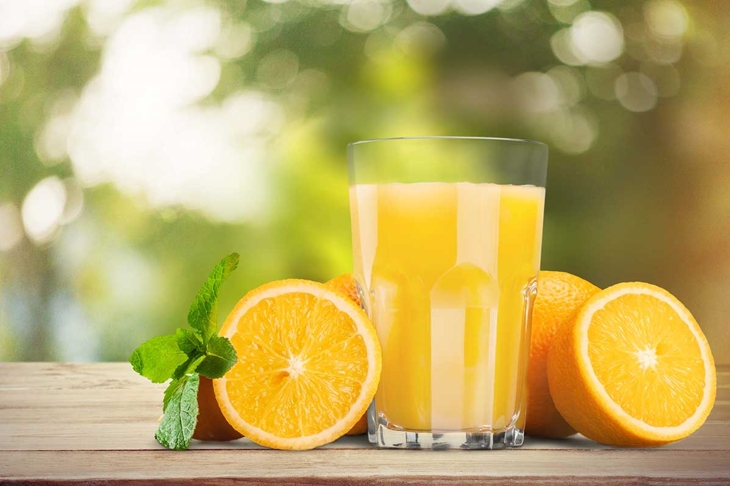
Limit or avoid sugar-sweetened foods, candies, and naturally sweet fruit juices. Fruit juices and sodas may contain added sugars like fructose, which you want to reduce on a gout diet. High-fructose foods (like honey) or beverages sweetened with high-fructose corn syrup are linked to high blood uric acid levels and an increased risk of developing gout.
Avoid fish and seafood
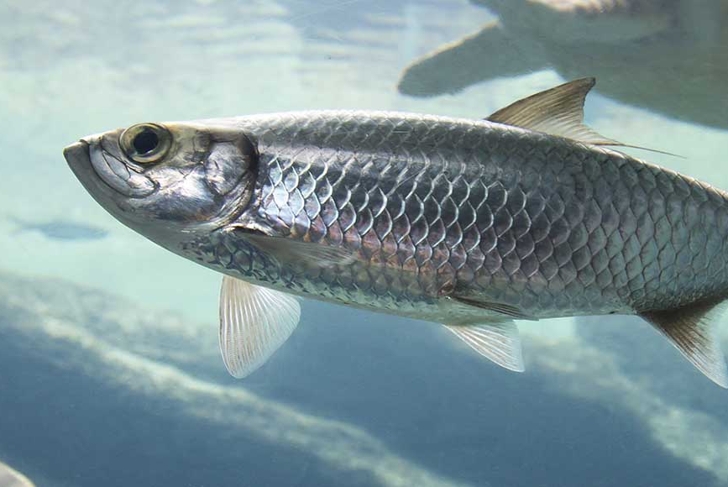
Fish such as herring, trout, mackerel, tuna, sardines, anchovies, and haddock have been long known to trigger gout. Shellfish such as scallops, crab and shrimp are also best to avoid. These foods are high in purines. Because fish and seafood are generally part of a healthy diet, small amounts on occasion may be okay. However, it’s best to be cautious and perhaps avoid anchovies and sardines, which are among the highest in purines.
Avoid organ meats

Organ meats are highly gout-triggering, again due to their high purine content. It’s a good idea, no matter how much you may enjoy them, to avoid meats such as liver, kidney, and sweetbreads (thymus and pancreas), all of which lead to increased amounts of uric acid in the blood.
Avoid yeasts
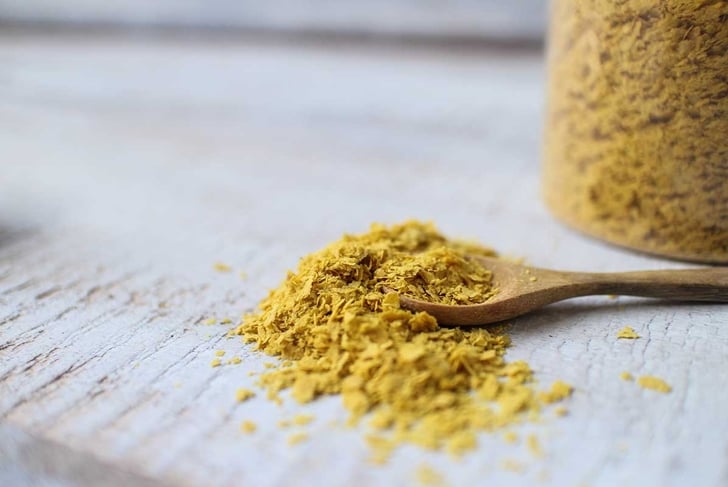
While yeast is abundantly found in foods, it may cause a painful gout attack. Limit and avoid yeast when possible, including beer yeast and beer yeast products because of their purine content. Yeast extracts are known to increase uric acid buildup, and they have even been used to induce levels when studying gout treatments.
Eat fruits
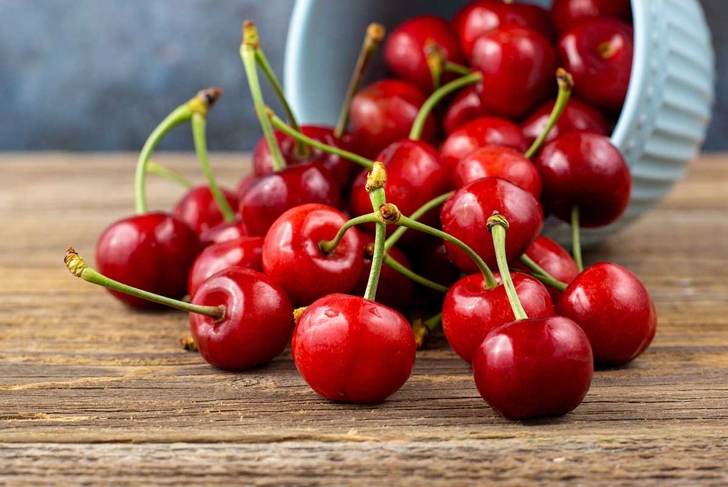
Fruits are a go, with cherries getting an extra nod of appreciation. Cherries can reduce inflammation that plays a role in gout flareups. Fruits high in vitamin C, such as grapefruit, oranges, pineapples, and strawberries, are low in purines and safe to eat.
Tip: Make these delicious Beet Pancakes with Cherry Sauce!
Eat vegetables
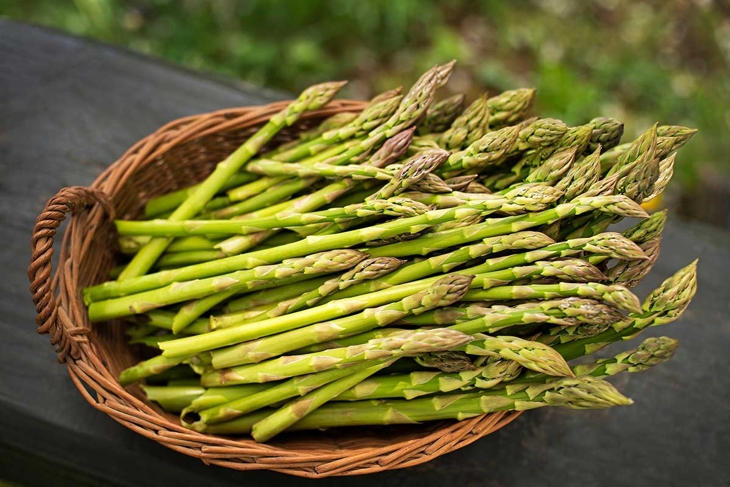
Eat your veggies. Some studies have shown that even vegetables high in purines, such as asparagus and spinach, don't actually increase the risk of gout flare-ups. Vegetables are encouraged to maintain a healthy diet, with or without gout. Sweet potatoes, beans, bell peppers, and avocados are all fair game.
Tip: Try this hearty Coleslaw Stuffed Sweet Potato.
Eat legumes and nuts

Legumes such as lentils and beans, soy, as well as nuts and seeds are gout-diet friends, though you may want to limit to 1 cup (250 mL) per day. Regularly eating these foods has been linked to a reduced risk of gout symptoms. Although high-protein foods, such as meat and seafood, can increase the likelihood of gout attacks, these plant-based proteins seem to decrease it.
Tip: Snack on this yummy Red Lentil Dip.
Eat whole grains
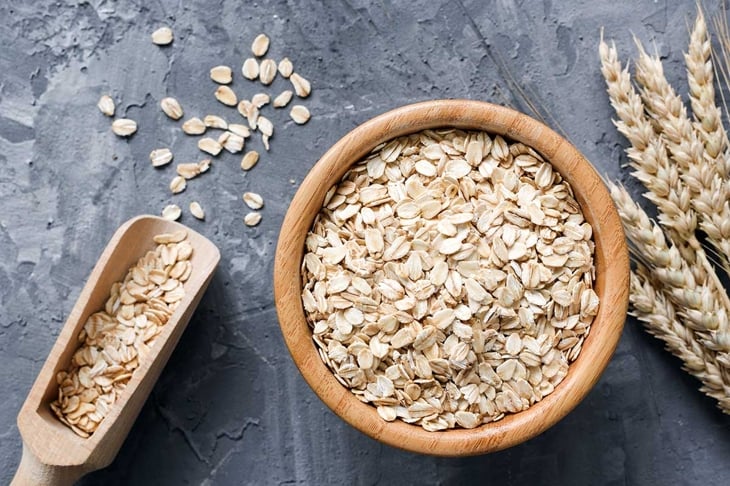
It’s okay to eat non-refined carbohydrates such as brown rice, quinoa, whole grain pasta, and barley. These foods do contain moderate amounts of purines but can be enjoyed occasionally and may not increase the risk of gout. Remember to just avoid or find alternatives to honey and anything that contains fructose.
Tip: Make this warming bowl of Green Minestrone with Butter Beans and Brown Rice Fusilli.
Eat low-fat dairy

Dairy products, including butter and cheese, are safe on a gout diet. Low-fat dairy is especially beneficial, and studies have shown that skim dairy products have protective gout-reducing factors. So go ahead and get that added calcium and protein.
Tip: This Trail Mix Yogurt Bark may be your gout superfood (just cut out the honey).
Eat eggs

Eggs and egg substitutes can be enjoyed on a gout diet as they are low in purines. Including eggs (or substitutes if you are vegan) in your diet is a great way to get protein in place of high-purine meats and seafood.
Tip: Have eggs for dinner in this Egg Tomato Curry.





